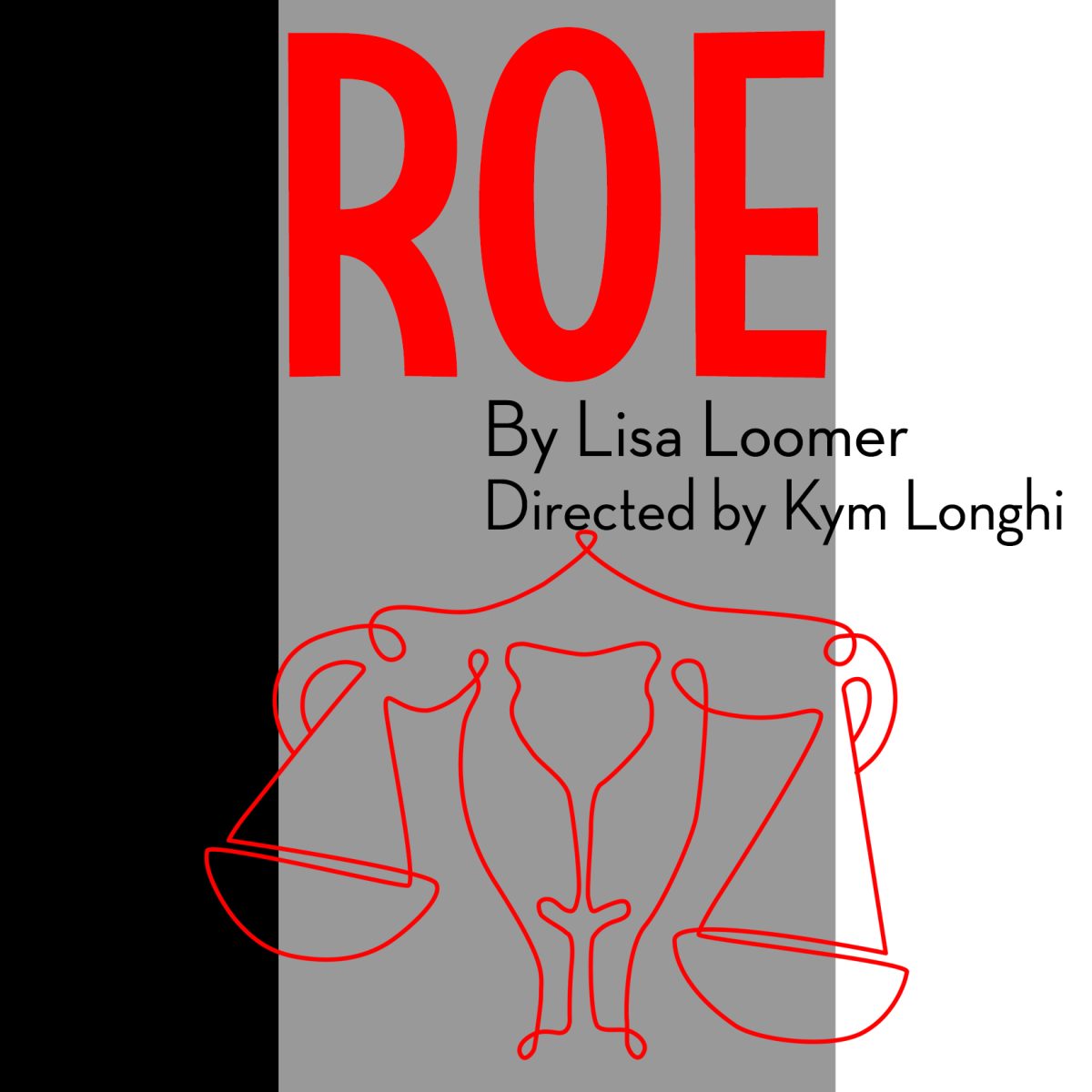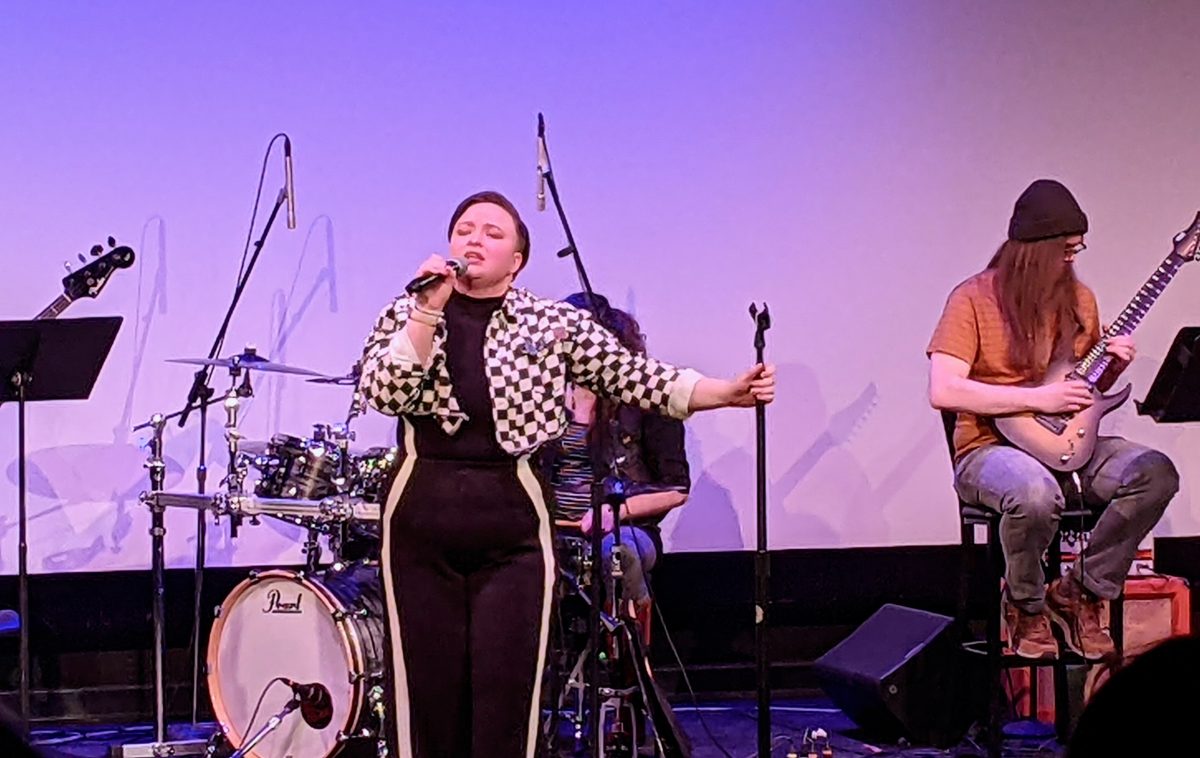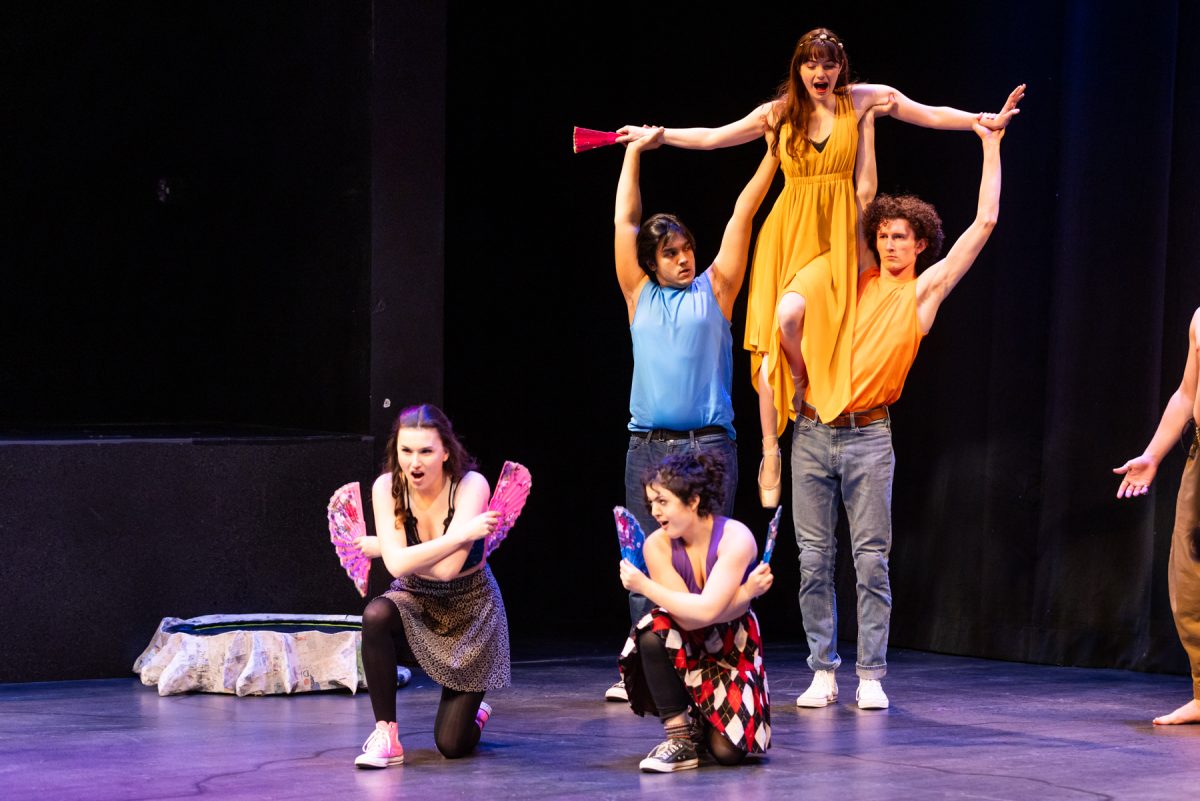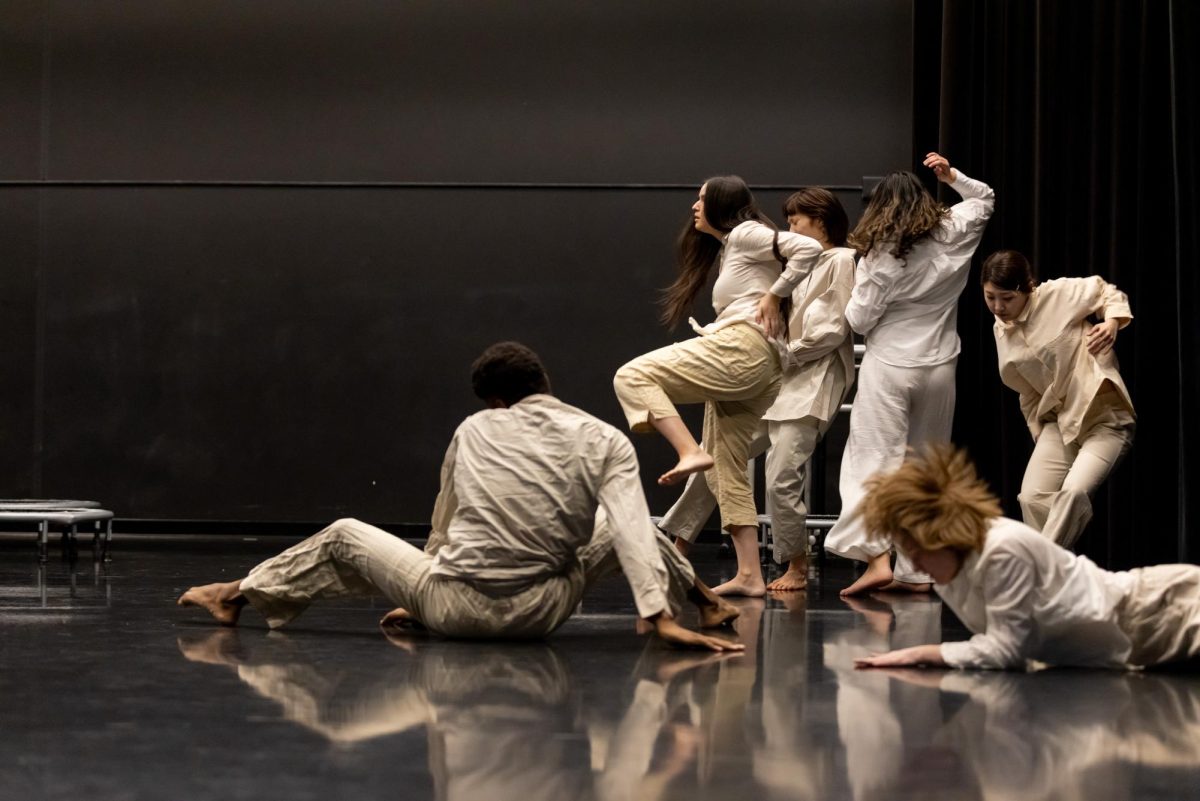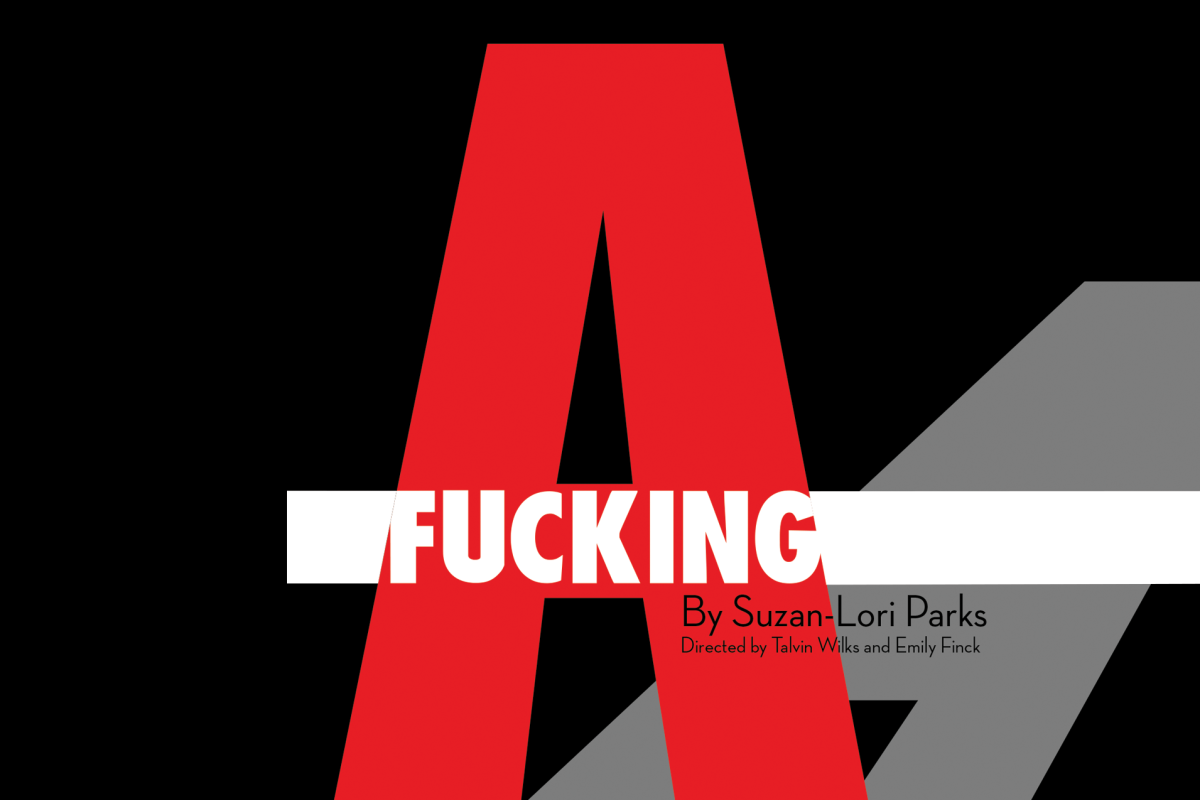Transsexuals aren’t just sweet.
In the University theatre’s gender-bending production “The Rocky Horror Show,” Dr. Frank-n-Furter (Jairus Abts), a transsexual, is proof that what was once biologically separate and determined (man from woman) is now indefinite and bent on provoking a sexually repressed society.
With heavy-handed irony and scarcely concealed subtext, “The Rocky Horror Show” follows love muffins Brad (Benjamin Hanna) and Janet (Samantha Colburn) on a terror-filled odyssey of depravity.
Playwright Richard O’Brien’s musical is more or less a moral tale, with emphasis on “less.”
One-dimensional characters and irreverent plot devices mar the musical but identify it as a classical spoof on 1970s B-horror movies, where predictable plot motivations lead characters into bloody mayhem.
Then there’s the sardonic nostalgia of 1950s gender roles.
Brad is the archetypal male yoked with reason and ordained as protector. Janet is a woman prone to emotional tics and hysterical fits. They are biological opposites to the core.
Because of a convenient flat tire, the couple arrives at Dr. Frank-n-Furter’s dark castle and finds themselves in the company of his alien revelers from Transylvania.
A rippling-muscled sex object named Rocky (Robin Everson) is brought to life, a chorus of minions sing Meatloaf-like rock ballads and viewers throw their taste and decorum out the window to feast on pure raunchiness.
When showcased in 1974, O’Brien’s musical aroused a dialogue about the constrictions governing sex and gender.
Three decades later, director Joel Sass faces different problems concerning the musical’s relevance and timeliness.
Although the theme of sexual repression is universal, O’Brien’s era provided “The Rocky Horror Show” with a strong cachet.
Conveniently distanced from the 1950s gender rigidity, 1974 was still close enough for O’Brien to ricochet his funhouse sexology off inflexible stereotypes from the past.
Viewers today come to the text removed from the musical’s historical grounding largely because of the 1975 movie adaptation “The Rocky Horror Picture Show.” Their nostalgia is for the movie and its absurdities instead of its decadent critique.
Because nostalgia is the axel around which “The Rocky Horror Show” turns and greases its raunchy humor, Sass had to find a way to marry the show’s grotesqueries to some kind of meaning.
In rehearsal, Sass briefed the cast and crew on what he was imagining for the piece. He told them to go for a show that resembled – “a Bananarama video, circa 1985.”
“And they just looked at me. I think that they were like 4- or 3-year-olds then. This is a show that their parents went to see,” Sass said.
How did Sass direct a piece that refuses to be nostalgic for nostalgia’s sake?
He isolated the theme of alienation. In it, he said he found more relevance than the specific critique of repression and unbounded sexual reveling.
Outsiders, the ungrounded, the marginalized are accepted into an alien environment where they make their own world, context and definitions.
“That’s why folks who are teenagers or in their early 20s still find this movie fun and affirming – because we continue to live in a society that drives our youth to feel alienated.” Sass said.











